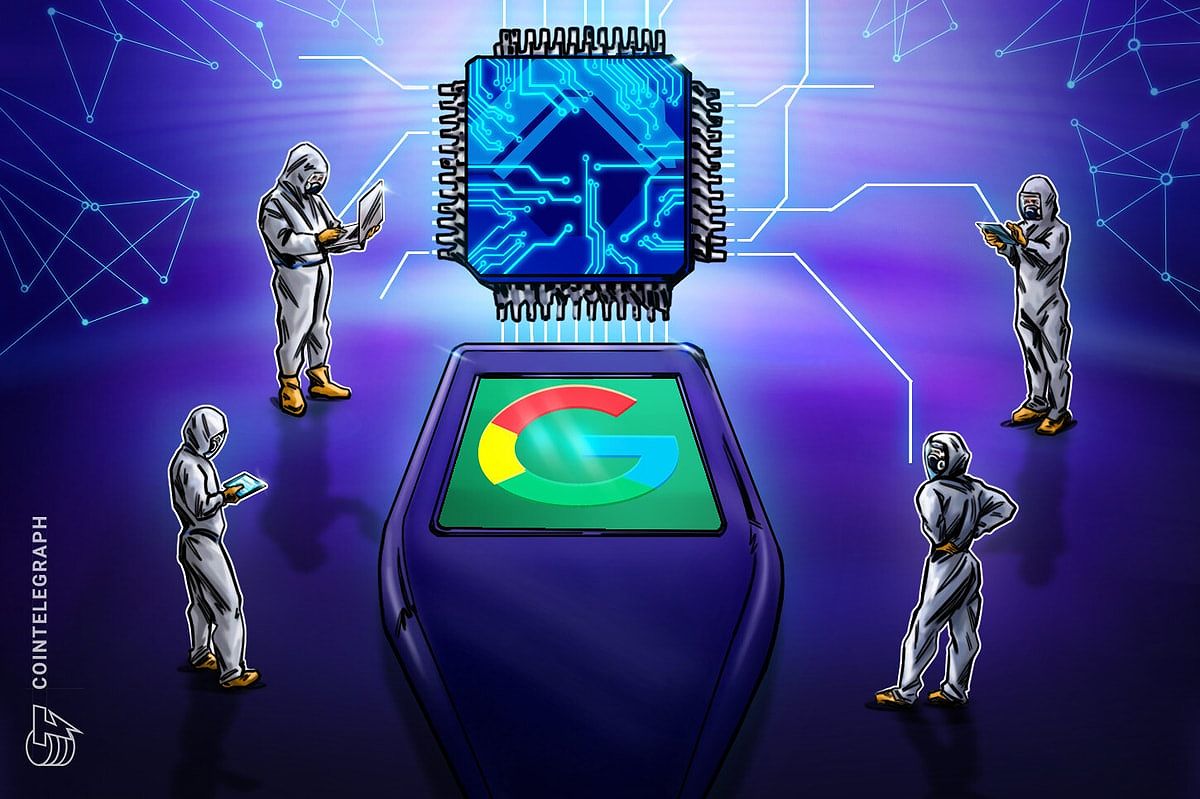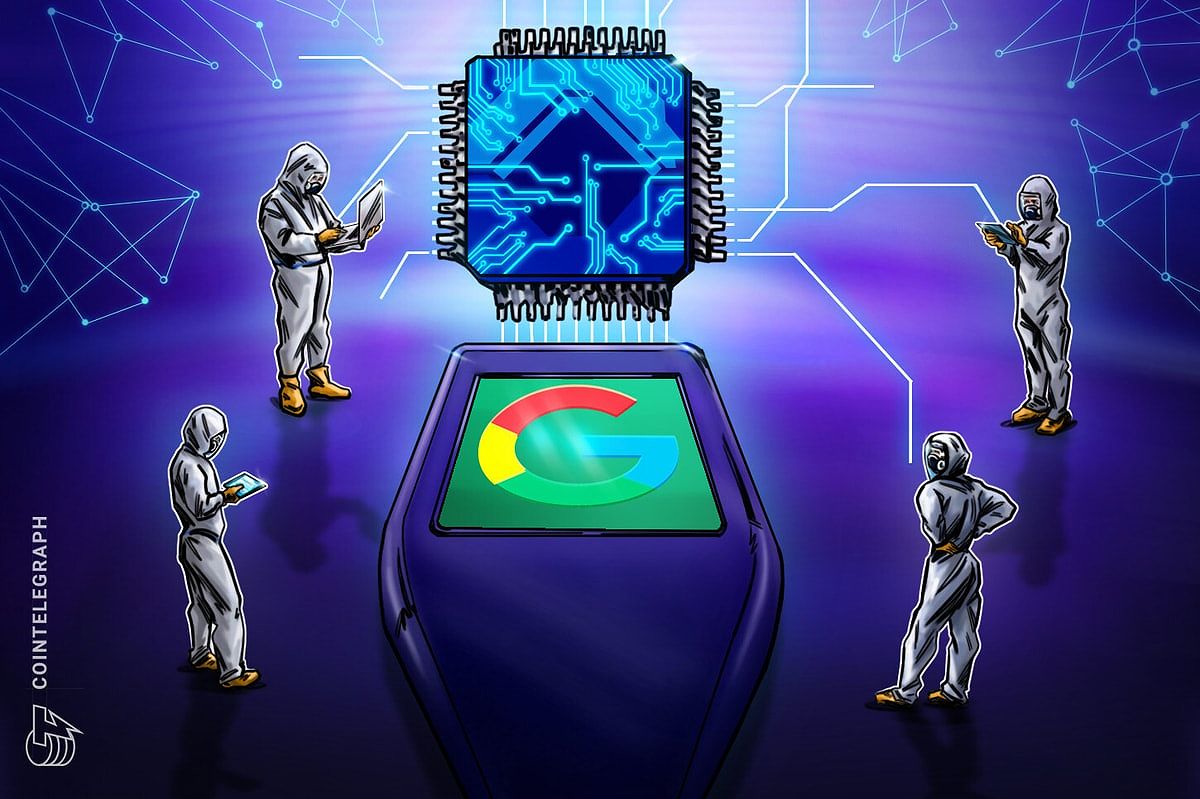Many cryptocurrency investors are feeling the jitters as they contemplate the security of their digital assets. With the unveiling of Google’s Willow chip, the landscape of encryption methods once thought to be foolproof is beginning to look a little shaky. This leap in quantum computing technology has sparked discussions about the potential risks to cryptocurrencies, and it’s time we dive into what this all means for your precious digital coins.
Quantum Computing: The New Kid on the Block with a Bad Attitude
So, what’s the deal with quantum computing? Imagine a super-smart friend who can solve complex puzzles in the blink of an eye while you’re still trying to find the first piece. Classical computers, the ones we’re used to, operate using bits—those little guys that can be either 0 or 1. Now, quantum computers, on the other hand, use qubits, which can play both sides—0, 1, or a funky mix of both at the same time. This party trick allows them to tackle certain calculations at speeds that would make classical computers weep.
One particularly nasty algorithm known as Shor’s algorithm can crack widely used encryption methods like RSA and elliptic curve cryptography (ECC)—the backbone of many cryptocurrencies. Imagine someone with a master key who can unlock all your digital wallets and transactions. Scary, right? This potential decryption is a real wake-up call for investors who thought their coins were safe and sound.
The sheer difference in processing speed between these two types of computers is mind-boggling. Tasks that would take your average supercomputer thousands of years could potentially be done in mere minutes by a powerful quantum computer. This drastic shift in computational power poses a significant threat to the security protocols that keep our digital economy afloat. So, it’s no surprise that researchers are frantically working on quantum-resistant cryptography—basically, the superhero of the encryption world.
Google’s Willow Chip: A Glimpse into the Quantum Future

Enter Google’s Willow chip, the new star of the quantum computing scene. This chip boasts some seriously impressive features, particularly when it comes to error correction. Think of it as a quality control manager ensuring that quantum calculations are reliable and ready for prime time. While Willow’s current qubit count isn’t quite enough to send existing cryptocurrencies into a panic just yet, it certainly represents a significant step in the right direction for quantum computing.
The chip’s ability to reduce error rates as it increases its qubit count is like watching a toddler learn to walk—awkward at first, but eventually, they’re off and running. This breakthrough in quantum error correction brings us closer to creating fault-tolerant quantum computers that could tackle some of the most complex cryptographic challenges out there. While we’re not in immediate danger of our digital assets being compromised, the trajectory of quantum computing development is steep, and it’s essential to stay ahead of the curve.
When Should We Start Worrying?
Now, let’s talk timelines because that’s where things get a bit murky. Experts seem to be split on when quantum computers will really start posing a significant threat to cryptocurrencies. Some are saying it could happen within the next decade, while others believe we’ve got a few decades to spare. This uncertainty is like waiting for a bus that might show up any minute or might be late—either way, it’s best to be prepared.
Not all cryptocurrencies are created equal when it comes to vulnerability. Some cryptographic algorithms and blockchain designs may be more susceptible to quantum attacks than others. This reality means that diversifying your investments and keeping an eye on emerging quantum-resistant technologies could be a wise strategy. Research in post-quantum cryptography is becoming more crucial as we look to address these new threats.
Protecting Your Crypto Investments: A Proactive Approach
So, what can you do to shield your cryptocurrency investments from the quantum threat? First off, let’s talk about post-quantum cryptography (PQC). These algorithms are designed to withstand attacks from both classical and quantum computers. The widespread adoption and standardization of PQC are vital for ensuring the security of our digital treasures. It’s a major shift in how we think about cryptography, and it’s going to take collaboration and innovation across the industry to pull it off.
Here are some practical steps you can take to safeguard your assets:
- Diversify: Spread your investments across different cryptocurrencies and protocols to mitigate risks.
- Use Hardware Wallets: These secure devices add a layer of protection that software wallets simply can’t match.
- Stay Informed: Keep an eye on developments in PQC and be ready to adopt new, quantum-resistant protocols as they emerge.
Taking a proactive approach is essential as we navigate this evolving landscape of cryptocurrency security. With continuous monitoring and adaptation, we can maintain the safety of our digital assets.
Conclusion
While the advancements in quantum computing, exemplified by Google’s Willow chip, may sound like a plot twist from a sci-fi movie, it’s a reality we need to address. The potential risks to current cryptocurrencies are significant, but that doesn’t mean we should hit the panic button just yet. By staying informed, diversifying investments, and embracing post-quantum cryptography, we can fortify our defenses against the quantum onslaught. As we continue to adapt to technological advancements, the long-term security of our digital assets will depend on our willingness to evolve with the times. So, buckle up, stay alert, and let’s ride this quantum wave together!

